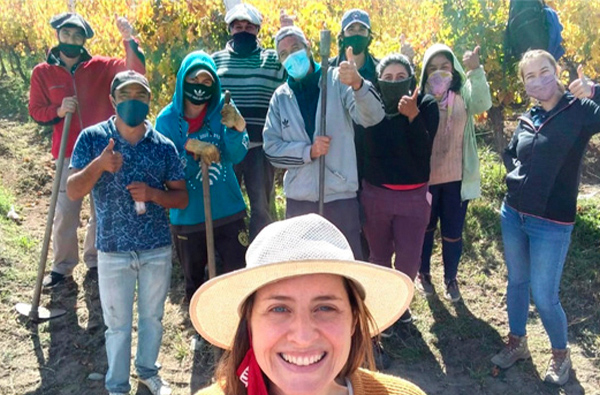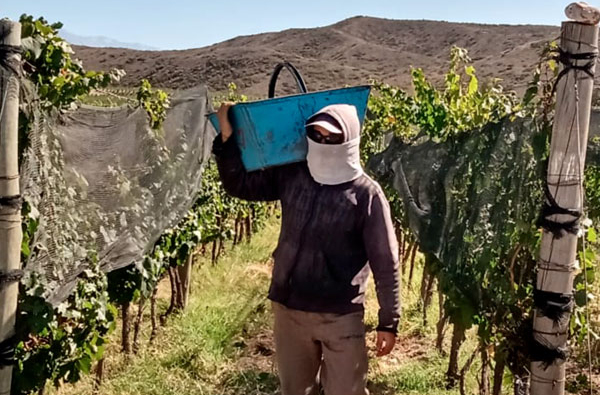HARVEST REPORT - COMPARATIVE
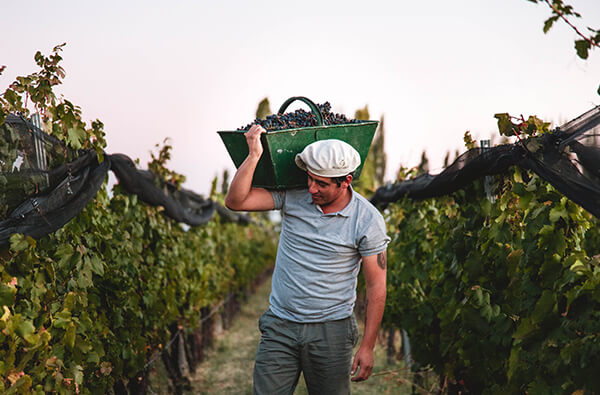
2024
The 2024 vintage is the kind that growers and wine producers dream about. The weather was mild, and although overall mean temperatures were on the warm side, there were no heat spikes. Because the winter of 2023 was very wet and snowy, the Andes were covered in white throughout the season. This meant happy vines during the spring, and mild water stress (our dear vines don’t like excessive stress from drought). Also, because there was slightly increased ambient humidity, cool temperatures did not turn into damaging frosts. Whereas the 2023 vintage saw yields 30-50% lower than usual due to frosts, the 2024 vintage is looking to be at least 25% larger than 2023. The harvest was about 10-14 days later than last year, which means slow ripening and well-balanced wines.
READ MORE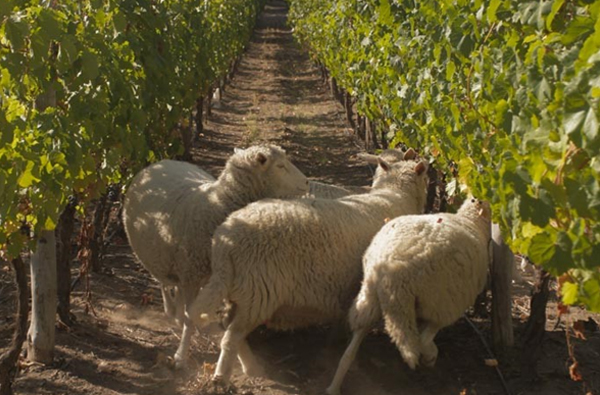
2023
The 2023 wines will be among the most age worthy. After the October and November 2022 spring frosts which provoked a generalized reduction in yields, the climate was very dry with temperatures slightly on the warmer side. Low yields resulted in a harvest 2 to 4 weeks earlier than usual. The wines are quite elegant, with high natural acidity and low alcohols. Powerful minerality and texture are this year’s trademarks. It will be a vintage to be savored slowly, enjoying every sip and every glass…in moderation.
Up until the early spring of 2022, the season was cool and mountain snow abundant enough that we could relax about having enough water. But then in October the rollercoaster started. Every rain would be followed by a drying Zonda wind and a sequence of frosts.
READ MORE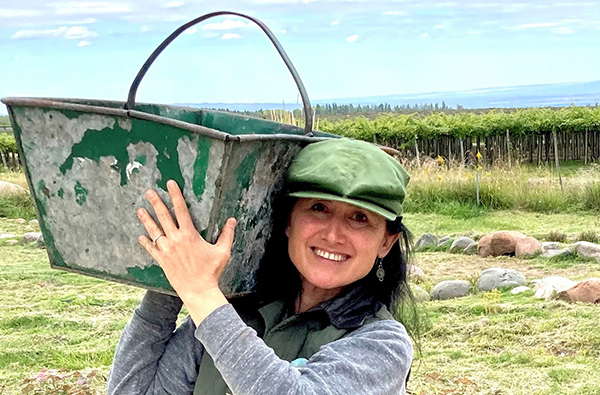
2022
2022 was an exceptional year at Catena Zapata from every possible qualitative standpoint. Throughout Mendoza, both in the Primera Zona (closer to Mendoza city) and in the Uco Valley, the wines have optimal acidity, great concentration and ripeness of polyphenols, and just-right (not too high) alcohol levels.
Alejandro Vigil, Catena Zapata’s Head Winemaker says: “This is the best year that I have lived through.”
Yet, it was a roller coaster sort of year with two big frosts and a shorter time between the beginning and end of harvest, which required great dedication and endurance from all our staff at the vineyards and winery. Because weather patterns were so unpredictable, the 2022 vintage required deep knowledge of every region and vineyard. For example, the Adrianna Vineyard in Gualtallary was cooler than other years, whereas the temperatures in our Nicasia Vineyard, in Altamira (Southern Uco Valley) were higher than usual. There was less rain in general in the Uco Valley (which contributed to lower humidity and to two big frosts) but more rain in the East of Mendoza.
READ MORE